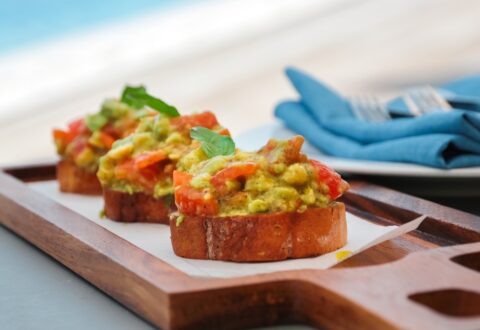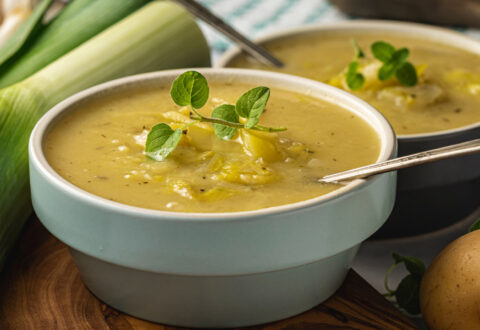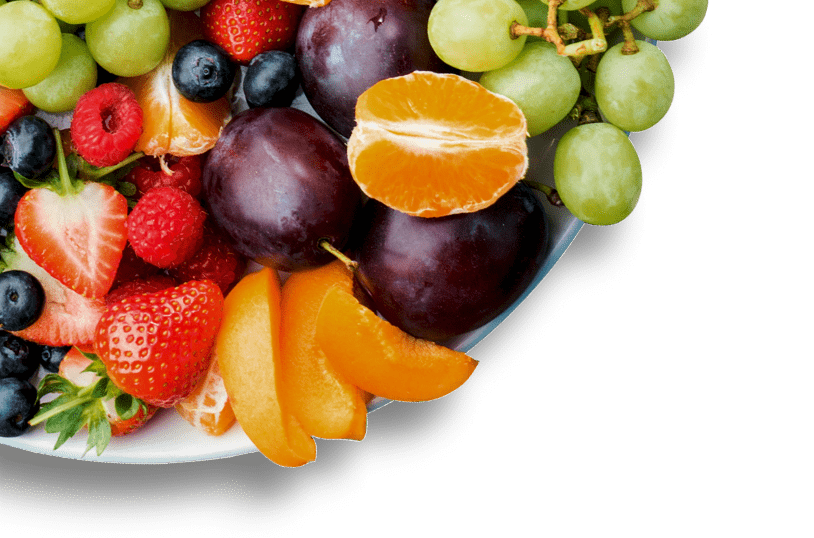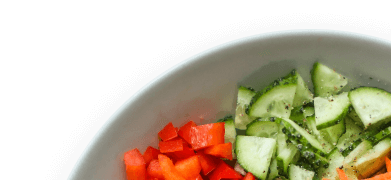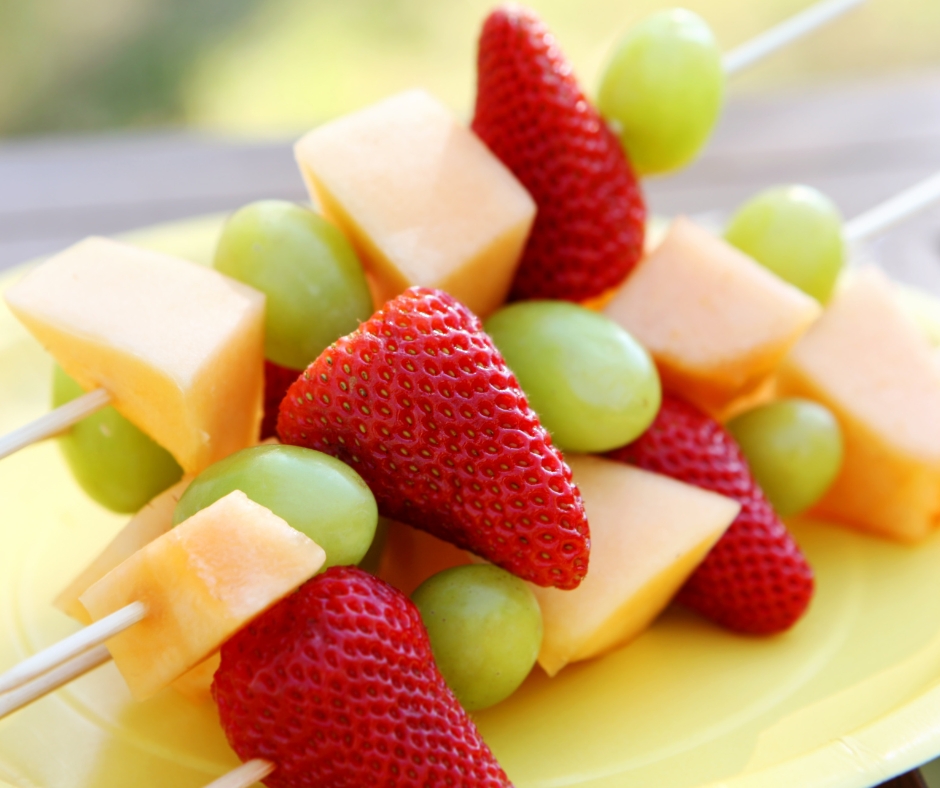Healthy BBQ’s
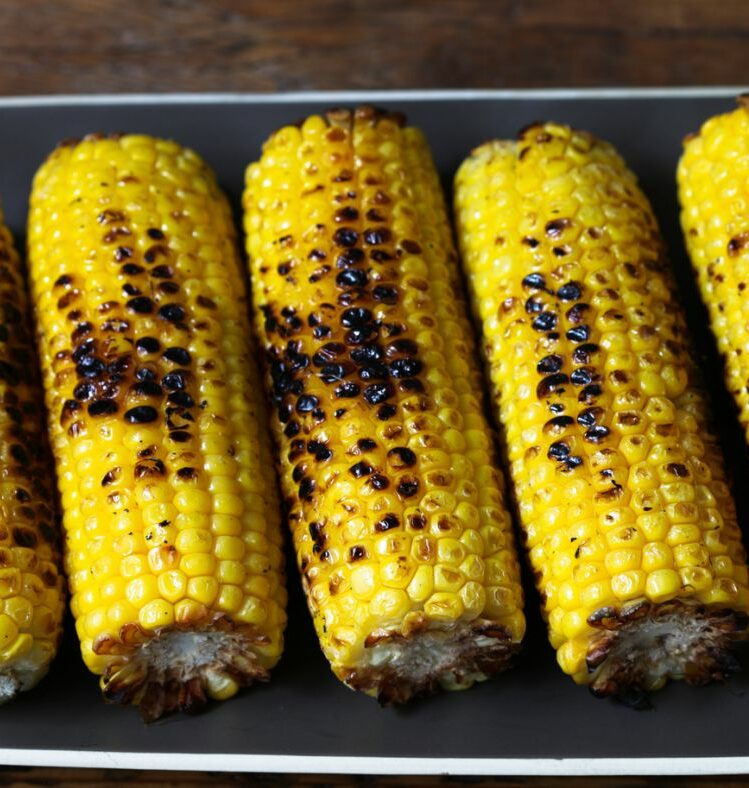
Barbecues are a great way to socialise and enjoy the warmer weather. They can be a great way to promote healthy eating too!
By modifying the menu slightly, you can not only host a healthy barbecue with a selection of tasty and nutritious foods but also save money!
Hosting a healthy barbecue
Step 1 – Choose a location and date
- Think about where you will hold the barbecue, how you will cook and serve the food and where staff will eat. For example, will you have a serving table, or serve food straight from the barbecue? Will people sit or stand to eat?
- If you need to book a space or barbecue equipment, do this early to avoid disappointment. Choose a day that suits most people, and avoid days where there are many meetings or other events on.
Step 2 – Covering the costs
- It is a good idea to investigate potential funds that may be available to help cover the cost of the barbecue. Some workplaces or communities have a budget for health and wellbeing activities or a social club.
- Sometimes it may be necessary to ask staff to cover some or all of the cost of the barbecue.
Step 3 – Check your equipment
- Make sure all the equipment required to prepare, serve food and eat is available. Doing this in the weeks leading up to the event will allow plenty of time to buy or borrow any equipment necessary.
Step 4 – Promote your event
Promoting your event well in advance gives guests plenty of time to RSVP, allowing you time to plan and budget accordingly.
- An initial email providing event details and requesting RSVPs and any special dietary requirements, followed by a calendar invitation is an easy and convenient way to do this.
- Remember to send a follow-up email closer to the date, reminding guests of the time, date and location of the event and any special instructions such as ‘bring a plate’ or ‘gold coin donation’
Here are some additional ideas to help you promote the event:
- Posters in staff rooms or kitchens
- Adding it to the agenda of meetings
- Notes in internal newsletters, intranet or attached to pay slips
- If barbecue costs are to be covered by staff contributions, include this on all promotional materials in advance, to avoid any surprises on the day
Step 5 – Plan your menu
- Once you have a good idea of the number of attendees and any special dietary requirements, you can plan your menu. Planning in advance will save you time and money, as you can shop according to a set budget and ingredients list.
- Planning your menu also gives you the opportunity to think about healthier foods and drinks and avoid items that are higher in saturated fat, added sugar and/or added salt.
Step 6 – Shop
- Prepare a shopping list which includes all the ingredients you will need, as well as equipment like plates, serviettes or tongs. Cross check your list with your current pantry stock to make sure you don’t double up on any items. Make sure you have room to store and/or refrigerate food and equipment until you are ready to use them.
Step 7 -Prepare and serve
- It’s a good idea to ask some of your colleagues to help you on the day to ensure that the barbecue runs smoothly. Extra help might be needed for setting up, cooking and serving the food.
- It is important for anyone involved with storing, preparing and cooking food to have a good understanding of how to handle food safely. Refer to the following Victorian Department of Health websites for information about food safety:
- Food safety
- Do Food Safely – online learning module
Top tips for safe food prep!
- Wash hands thoroughly before and after handling food.
- Avoid cross contamination between raw foods and ready to eat foods.
- Cook high risk foods, such as meat and poultry, thoroughly.
- Avoid the temperature danger zone; keep cold foods cold at 5°C or colder and hot foods hot at 160°C or hotter.
- Throw out high risk foods, such as meats, that have been left in the ‘Temperature Danger Zone’ between 5°C and 60°C) for more than four hours. Remember, when in doubt, throw it out.

Key tips
Planning the menu
- Avoid over catering on meat – offer only one piece of lean meat or a burger patty (or vegetarian equivalent) per person.
- Choose lean cuts of meat.
- Provide a range of seasonal salads and vegetables.
- Offer reduced salt varieties of sauces (tomato, BBQ, sweet chilli) and let people add the sauce themselves.
- Limit sugar sweetened drinks. Provide water or low sugar/diet varieties.
- Promote your healthier options on menus, display boards and labels.
- If providing the barbecue as a fundraiser, include healthier items in ‘meal deals’, such as providing water with burgers or sausages instead of a soft drink.
- Offer fruit or salad on the side with burgers and sausages.
- Make wholemeal or wholegrain bread the default option and offer unbuttered.
- Ask people to indicate any special dietary requirements one week in advance of the event. This will help your budgeting, shopping and avoid wastage. If asking people to bring a plate of food, provide a list of suggested salads and/or fruit platters on a notice board and ask people to choose an option each. This will ensure a variety of healthy dishes are offer
| Instead of... | Choose... |
|---|---|
| Meats | |
| Regular sausages | Reduced fat and reduced salt sausages Vegetarian sausages Tip: Cut some large sausages in half to provide smaller portions for different appetites. |
| Regular, commercial burgers and patties | Lean or extra lean burger patties Vegetable burgers Tip: Making your burger patties can be cheaper and healthier than store bought patties |
| Meat kebabs in cream or oil-based sauces/marinades | Lean meat kebabs marinated in lemon juice, olive oil, garlic and fresh herbs Meat and vegetable kebabs Tip: Kebabs are easy to make. Alternate between a piece of lean meat or seafood and a variety of vegetables – this will also lower the cost. |
| Breads and potatoes | |
| White breads and rolls | Wholemeal or wholegrain varieties of breads, rolls, pita bread or mountain bread Tip: Avoid using spreads on bread. If you must, offer olive or canola oil-based margarine for people to spread themselves. |
| Creamy potato salads | Home-made potato salad using natural yoghurt and/or reduced fat mayonnaise Jacket potatoes: Wrap potatoes in foil and cook on the grill for 45–60 mins |
| Side dishes and sauces | |
| Creamy coleslaw | Home-made coleslaw using natural yoghurt and/or reduced fat mayonnaise Grilled vegetables. Try eggplant, zucchini, pumpkin, capsicum and/or field mushrooms sprinkled with garlic, herbs and pepper Corn cobs Tabouli or Greek salad (available pre-made through most delis’) |
| Instead of... | Choose... |
|---|---|
| Potato crisps | Air popped popcorn (plain or lightly salted) Oven baked pita bread served with a healthy dip |
| Cream, cheese or ‘chunky’ nut-based dips (e.g. French onion, smoked salmon, pesto dips) | Reduced fat yoghurt and/or vegetable-based dips (e.g. reduced fat Tzatziki, hummus, or beetroot dip) Tip: Serve dips with vegetable sticks and/or plain wholegrain crackers or pita bread as they are lower in fat and salt compared to most crackers. |
| Tomato sauce | Reduced salt tomato sauce Tip: Serve sausages/burgers without sauce. Have a bottle on hand for people wanting to add it themselves. |
| Desserts | |
| Cheesecake/pavlova | Cold, sliced fruit (e.g. watermelon, cantaloupe, grapes, strawberries) Fruit-based desserts and offer small serving sizes Try using reduced fat custard or yoghurt in place of regular cream, custard or ice-cream If offering cream or ice-cream, provide reduced fat varieties |
| Ice creams and icy poles | If offering ice-cream, icy poles, frozen yoghurt or gelato, provide reduced-fat or juice-based varieties and offer in small serving sizes. |
| Drinks | |
| Regular soft drinks | Water: tap, still or sparkling Lightly flavoured waters. Try jugs of soda water with sliced fruit and mint, or a dash of fruit juice Diet soft drinks |
Healthy barbecue swaps
Compare the menus below to see that healthy barbecues are not only better for you but cheaper as well!
Note: Prices obtained from a leading supermarket in January 2019.
| Standard Menu | Healthier Menu |
|---|---|
| 2 sausages 2 slices thick white bread 20g spreadable butter ½ onion 50g grated cheese 15mL tomato sauce 45g (¼ large bag) potato chips 4 tablespoons ready-made potato salad 1 × 375mL can of soft drink | 1 beef burger 1 lean beef patty 1 wholemeal bread roll 3 slices tomato 1 slice cheese (reduced fat) 20g salad leaves 15mL tomato sauce (reduced salt) 20g of tzatziki dip and 6 rice crackers 4 tablespoons home-made potato salad 1 × 500mL bottle water |
| Cost per person | Cost per person |
| $6.60 | $4.45 |
| Nutrition | Nutrition |
| Energy 6100kJ Fat 82g Saturated fat 39g Sodium 3300mg | Energy 2700kJ Fat 25g Saturated fat 9g Sodium 1250mg |
| Save 3,400kJ and $2.15 per person! |
To receive this document in an accessible format phone 1300 22 52 88 or email heas@nutritionaustralia.org.au
Except where otherwise indicated, the images in this document show models and illustrative settings only, and do not necessarily depict actual services, facilities or recipients of services. This document may contain images of deceased Aboriginal and Torres Strait Islander peoples. In this document, ‘Aboriginal’ refers to both Aboriginal and Torres Strait Islander people. ‘Indigenous’ or ‘Koori/Koorie’ is retained when part of the title of a report, program or quotation. Copyright © State of Victoria 2016

For more information please phone 1300 22 52 88 or email heas@nnf.org.au
Except where otherwise indicated, the images in this document show models and illustrative settings only, and do not necessarily depict actual services, facilities or recipients of services. This document may contain images of deceased Aboriginal and Torres Strait Islander peoples. In this document, ‘Aboriginal’ refers to both Aboriginal and Torres Strait Islander people. ‘Indigenous’ or ‘Koori/Koorie’ is retained when part of the title of a report, program or quotation. Copyright © State of Victoria 2016
Written and reviewed by dietitians and nutritionists at National Nutrition Foundation, with support from the Victorian Government.

Featured recipes
Explore all recipesRegister your interest
"*" indicates required fields



